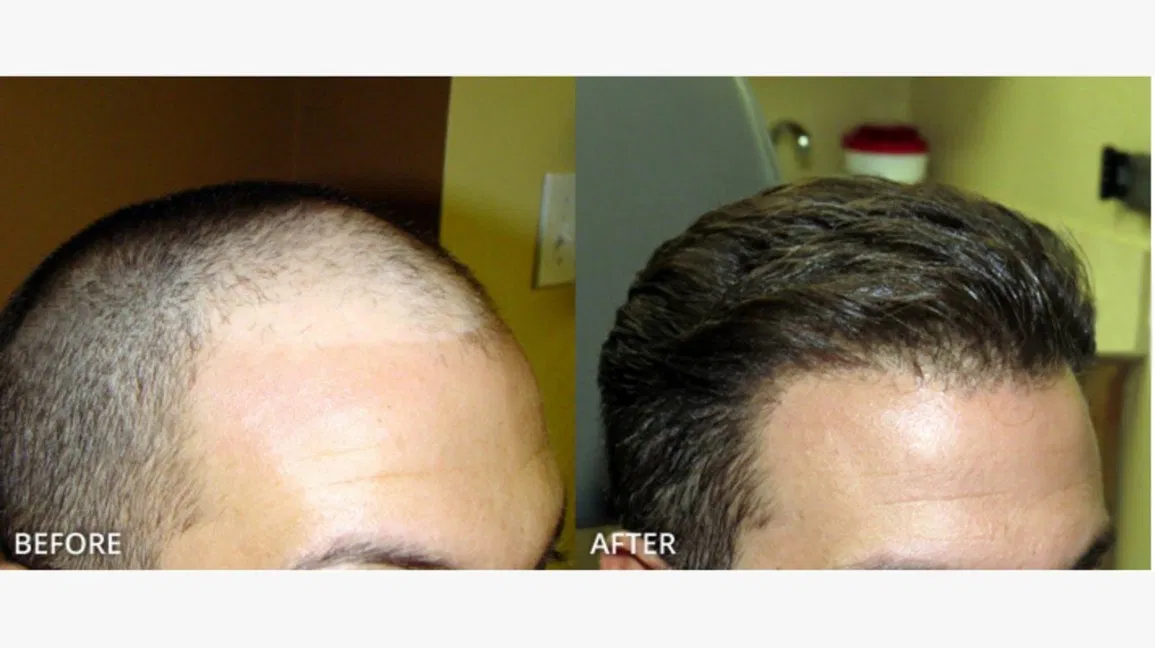Navigating the world of hair transplantation involves understanding the various aspects of the procedure, considering factors such as candidacy, choosing a qualified hair transplant surgeon, understanding different techniques, and managing postoperative care. Here's a guide to help you navigate the process:
1. Understanding Hair Transplantation:
Types of Hair Loss: Identify the type and extent of your hair loss. Hair transplantation is most effective for androgenetic alopecia (genetic hair loss).
Candidacy: Consult with a qualified surgeon to determine if you are a suitable candidate for a hair transplant.
2. Choosing a Surgeon:
Credentials and Experience: Research the surgeon's credentials, experience, and reputation. Look for certifications from reputable organizations.
Reviews and Testimonials: Read reviews and testimonials from previous patients to gauge the surgeon's track record.
3. Understanding Techniques:
Follicular Unit Transplantation (FUT): Involves removing a strip of scalp, dissecting it into grafts, and transplanting them.
Follicular Unit Extraction (FUE): Involves extracting individual follicular units directly from the donor area.
Direct Hair Implantation (DHI): Similar to FUE but involves a specialized implanter pen for graft placement.
4. Preoperative Preparation:
Consultation: Have a detailed consultation with your surgeon to discuss expectations, goals, and potential outcomes.
Health Assessment: Ensure you are in good health and disclose any medical conditions or medications you are taking.
5. Procedure Day:
Follow Preoperative Instructions: Adhere to any preoperative guidelines provided by your surgeon.
Comfort and Relaxation: The procedure can take several hours, so wear comfortable clothing and bring entertainment.
6. Postoperative Care:
Medications: Follow your surgeon's instructions for prescribed medications.
Avoiding Activities: Avoid strenuous activities, sun exposure, and certain hair care practices during the initial recovery period.
7. Results and Maintenance:
Patience: Hair growth takes time. Initial shedding is normal, and visible results may take several months.
Follow-up: Schedule follow-up appointments with your surgeon to monitor progress.
Maintenance: Depending on the underlying cause of hair loss, additional treatments or maintenance procedures may be necessary.
8. Cost Considerations:
Full Cost Assessment: Consider the full cost, including consultation fees, procedure costs, postoperative care, and any additional treatments.
9. Alternative Treatments:
Non-surgical Options: Explore non-surgical options for hair restoration before committing to surgery.
Lifestyle Changes: Address any underlying factors contributing to hair loss, such as stress or nutritional deficiencies.
10. Legal and Ethical Considerations:
Research Legal Regulations: Be aware of local regulations governing hair transplantation to ensure your procedure is conducted legally and ethically.
Navigating the world of hair transplantation Peshawar involves careful research, consultation with qualified professionals, and realistic expectations. Always choose a reputable and experienced surgeon to ensure a successful and satisfying outcome.



